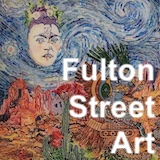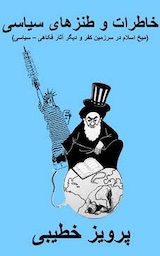Link
MajidNaficy 's Recent Links
The New Yorker: What’s the Difference Between a Rampaging Mob and a Righteous Protest?
MajidNaficy | 2 hours ago
0 19
The New Yorker: I.S.O.: Ten to Fifteen Lesbians Over Sixty. Nudity Optional
MajidNaficy | 2 hours ago
0 13
The New Yorker: Why Is Elon Musk Really Embracing Donald Trump?
MajidNaficy | 2 hours ago
0 17
Will tactical missiles make a difference in the war in Ukraine? | Inside Story
Viroon | 11 minutes ago
0 26
Category: None
Croft: Enforcing sanctions will drop Iranian oil exports
Viroon | 40 minutes ago
0 34
Category: None










Comments